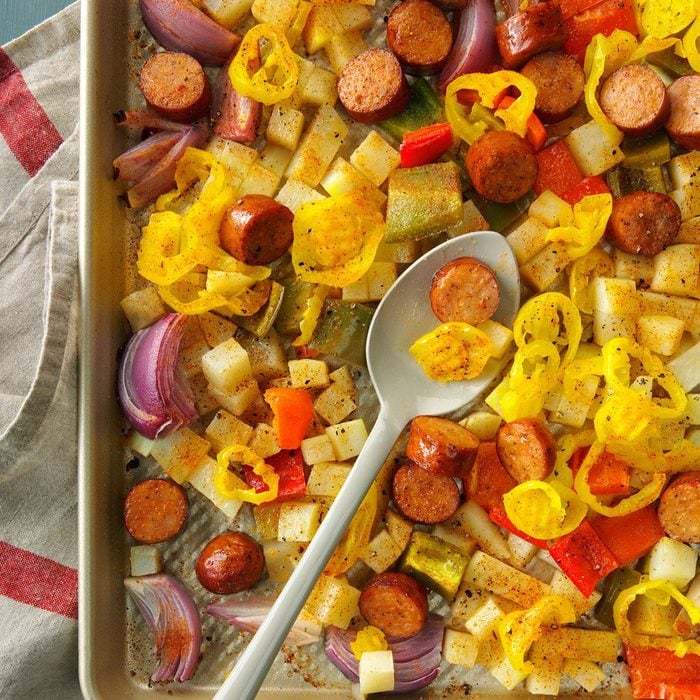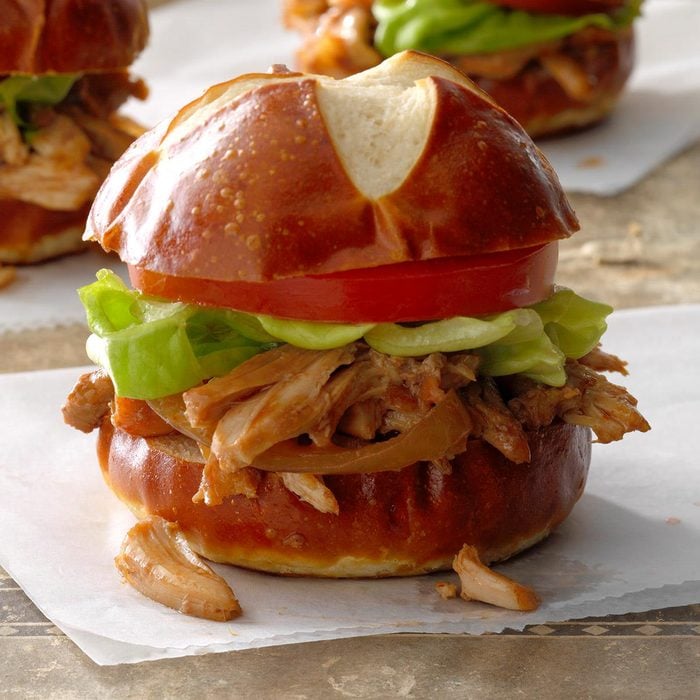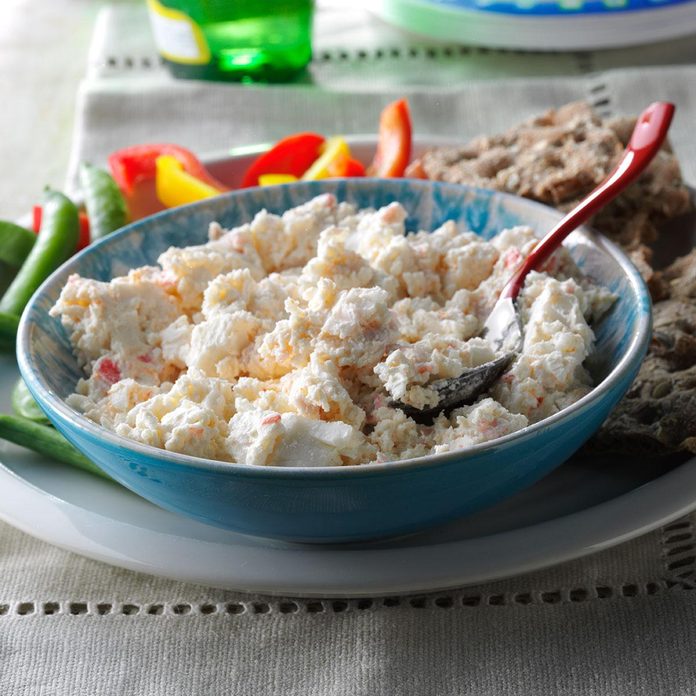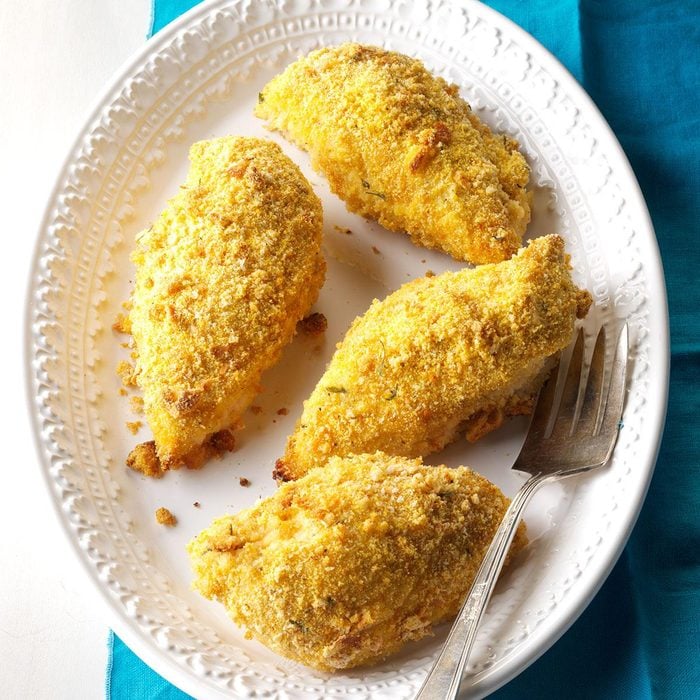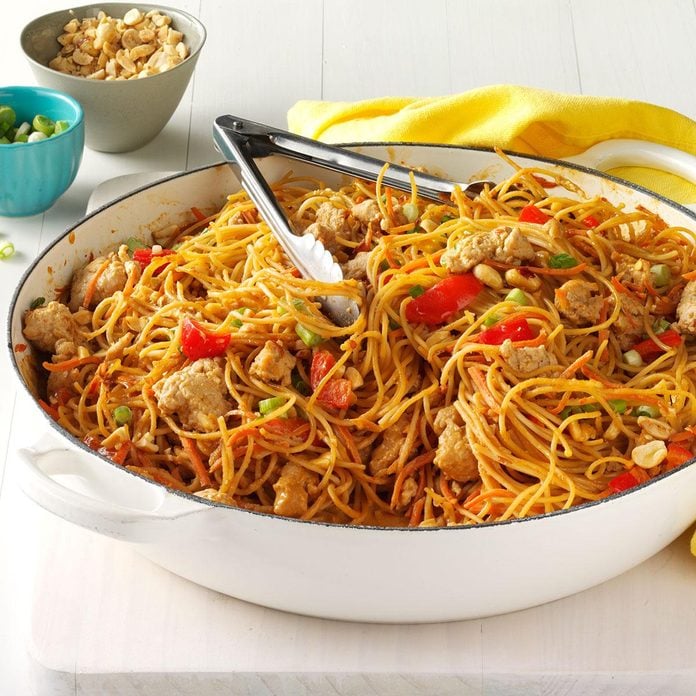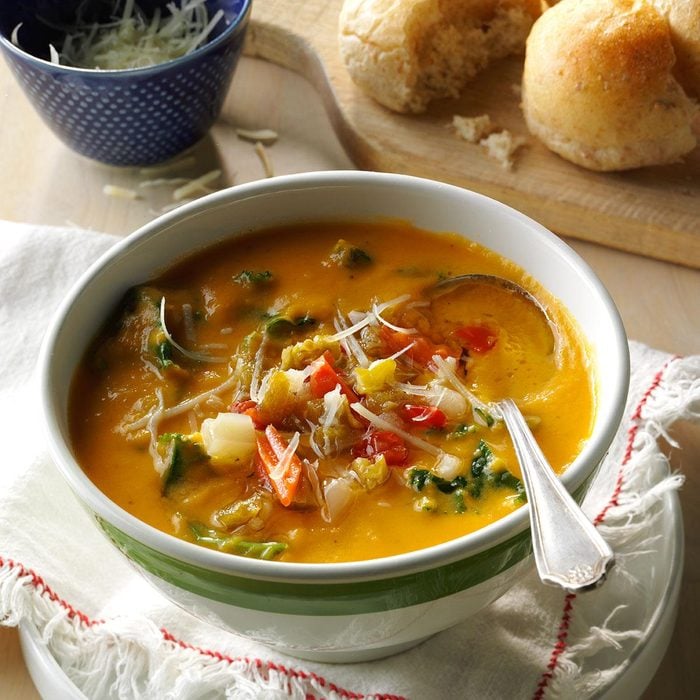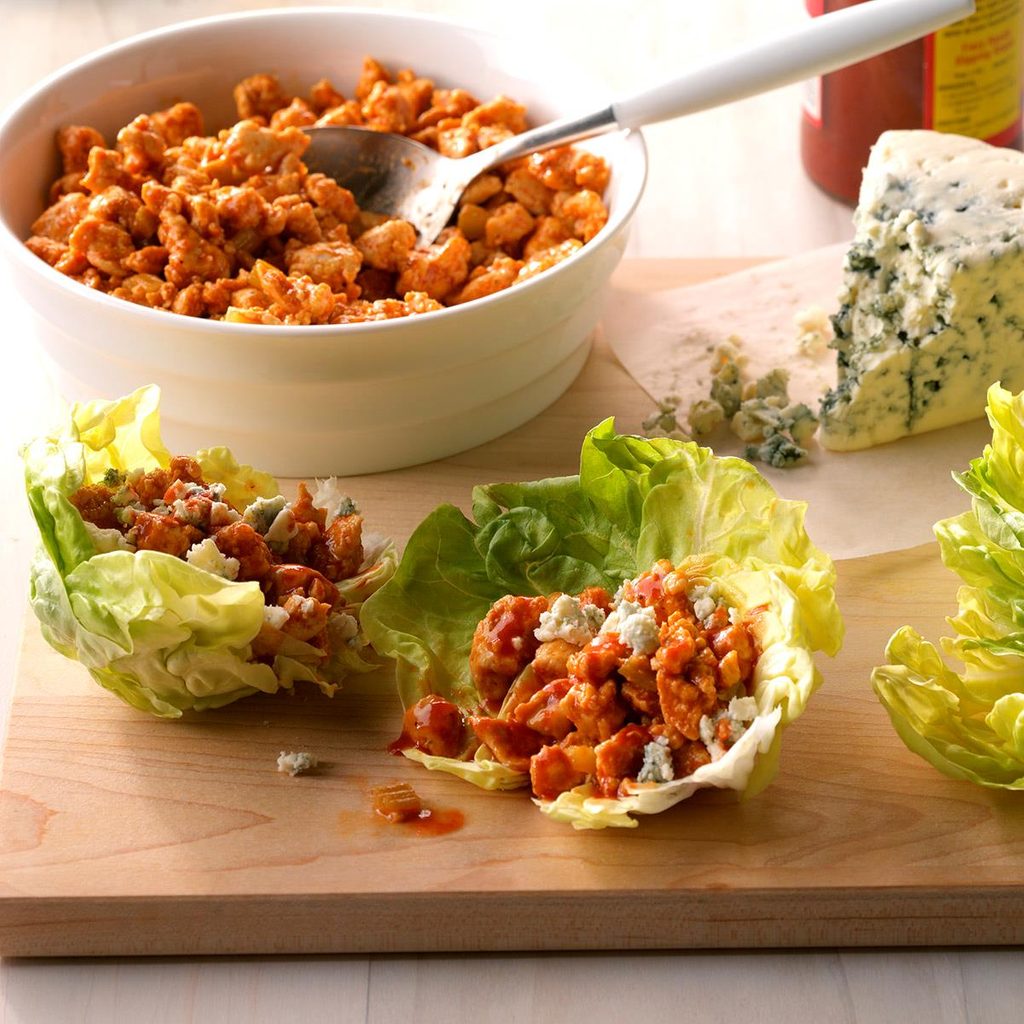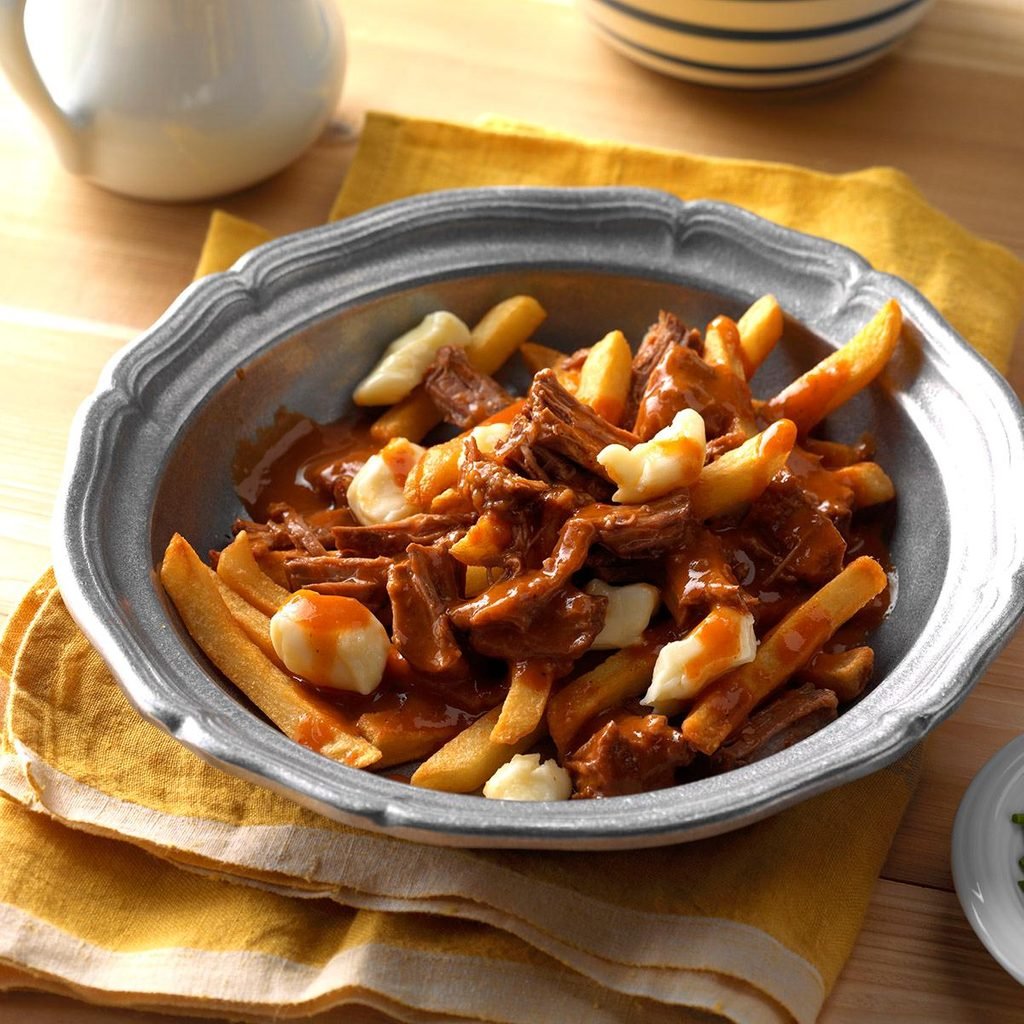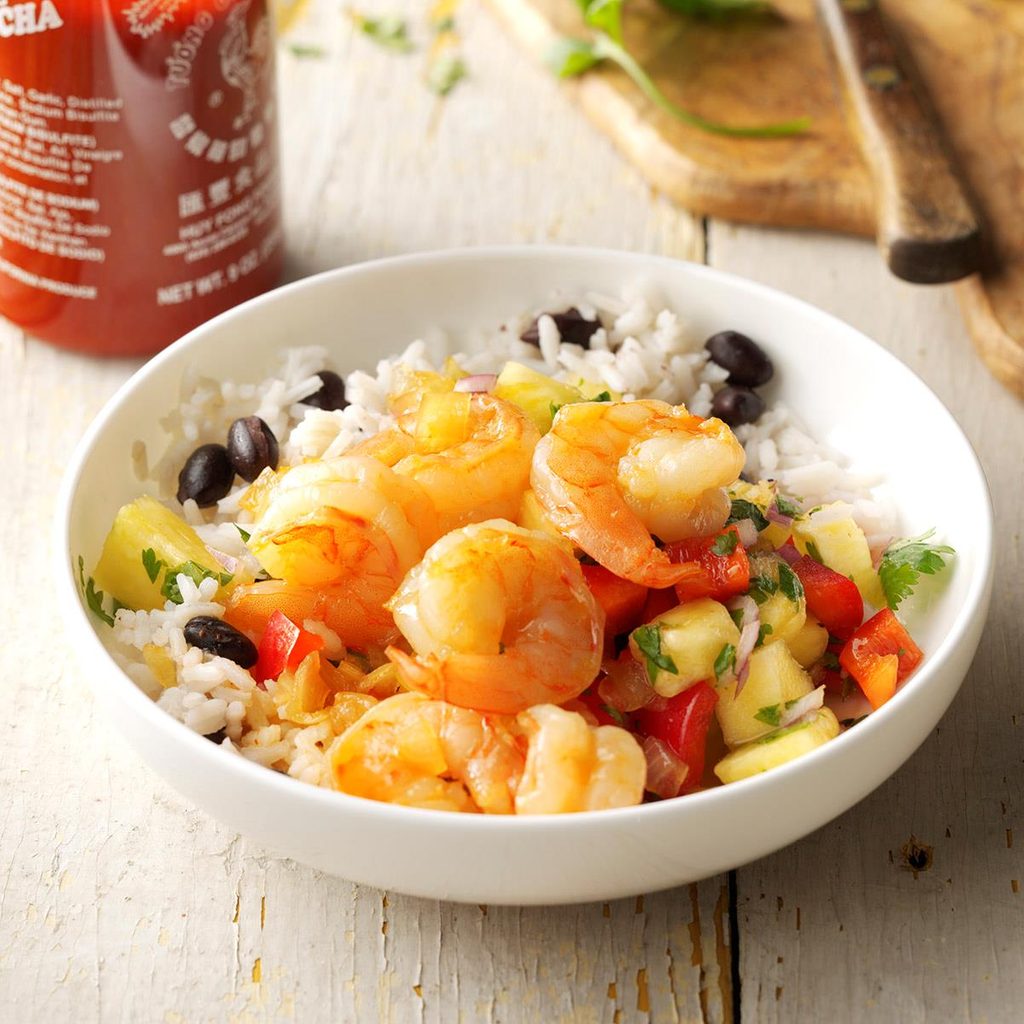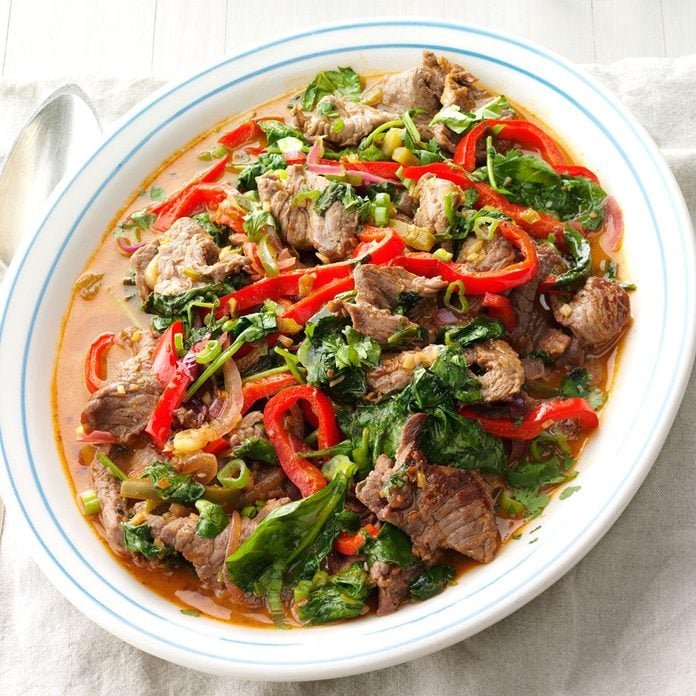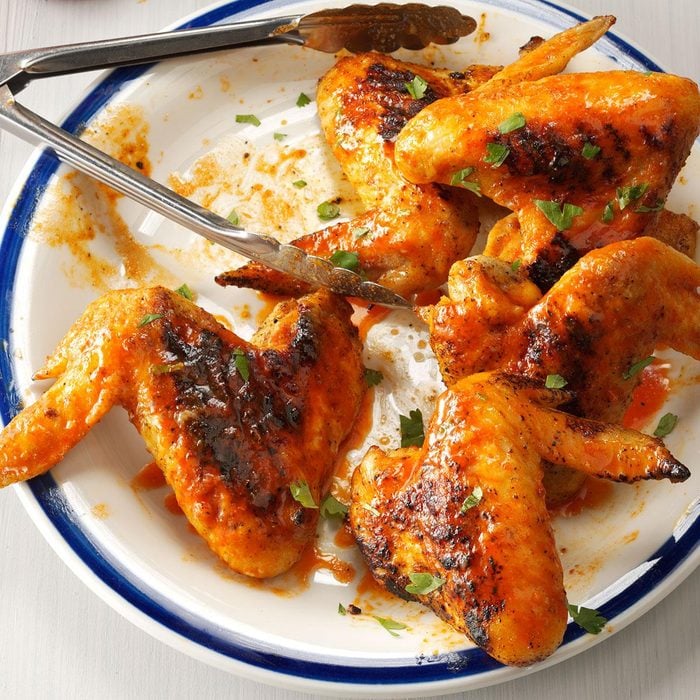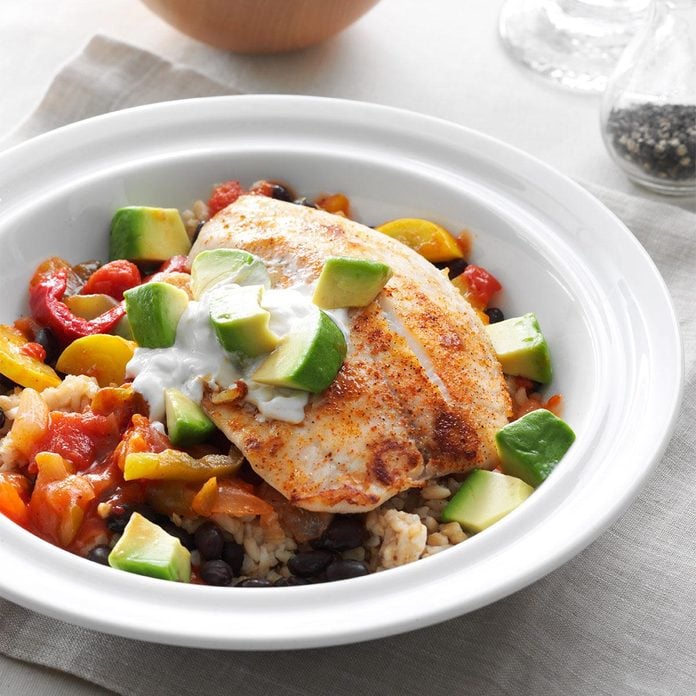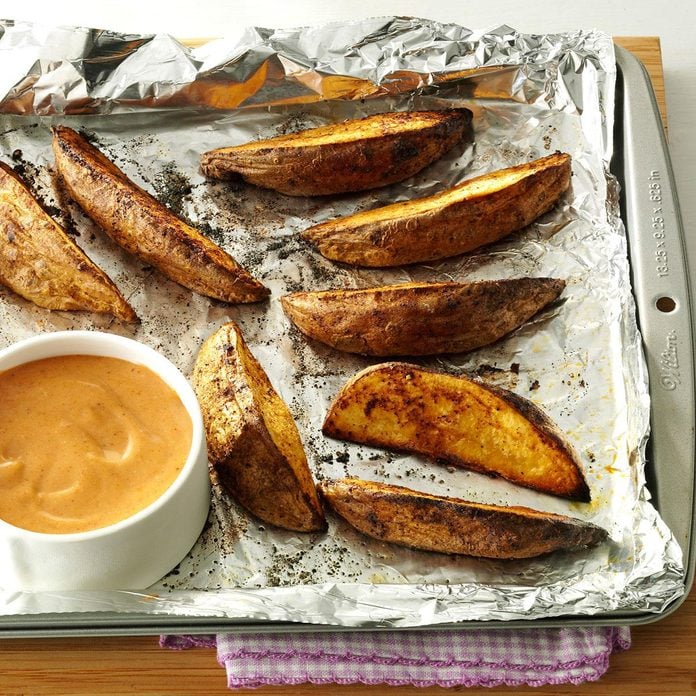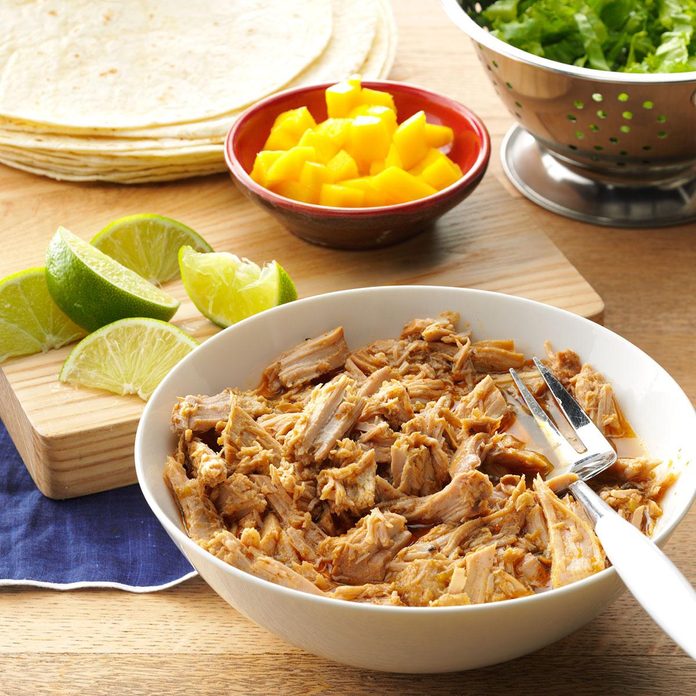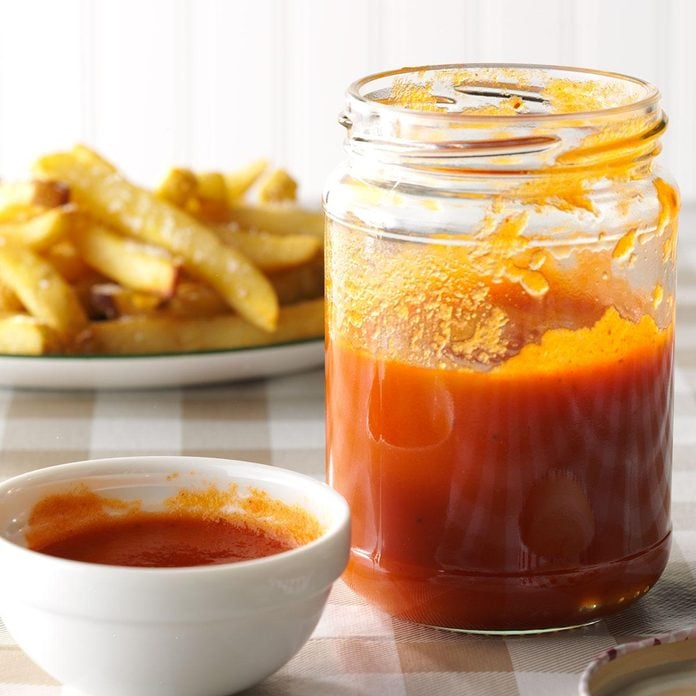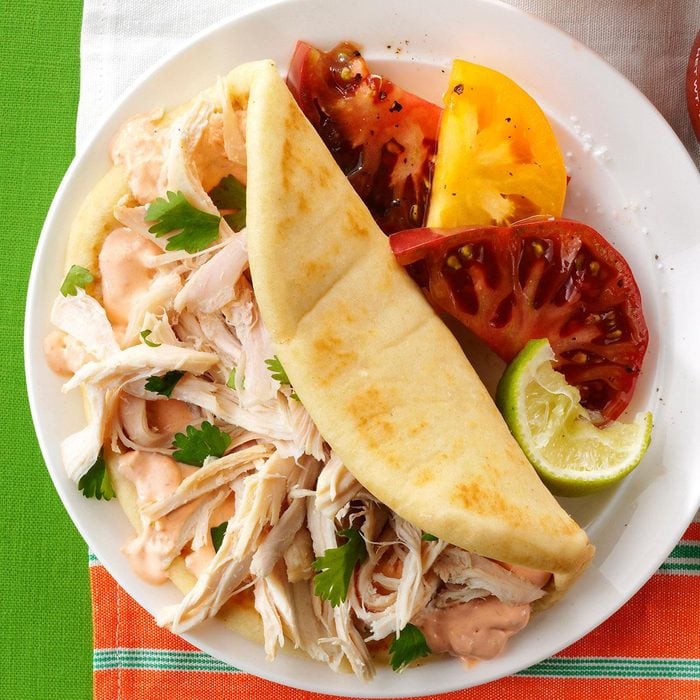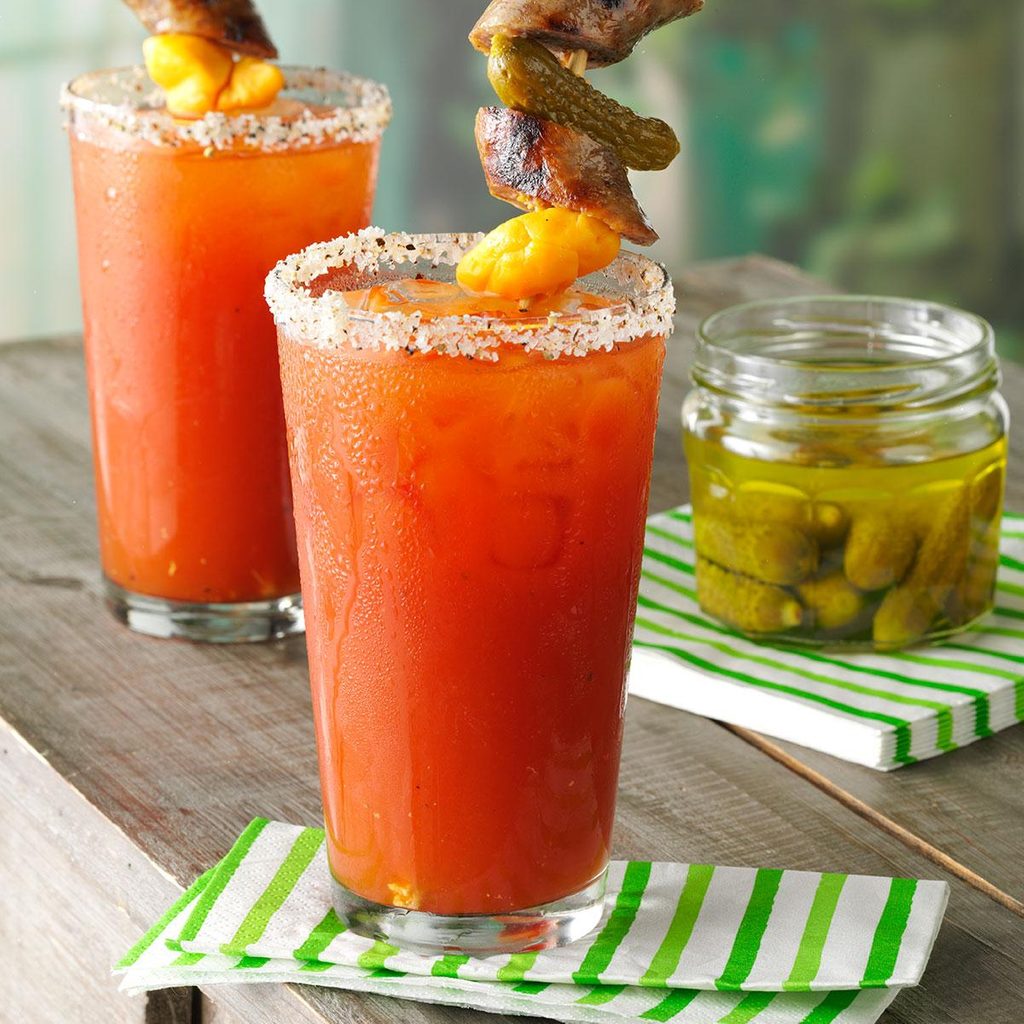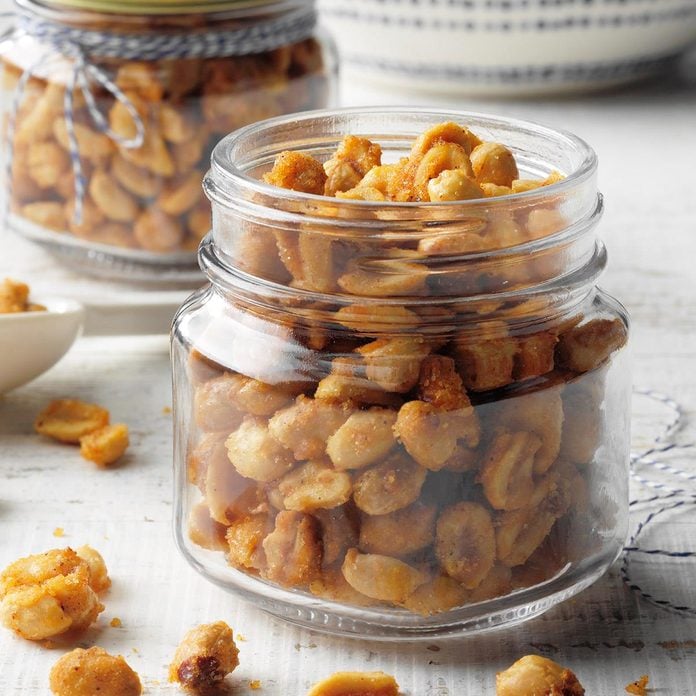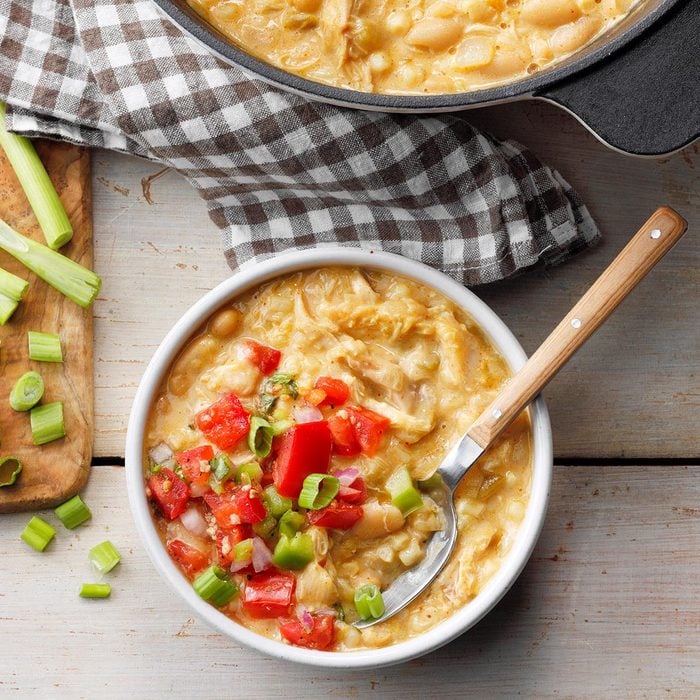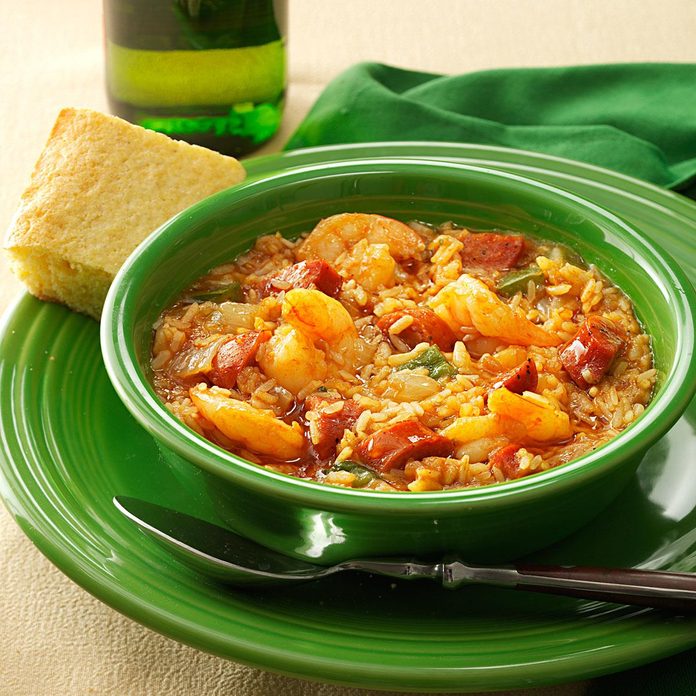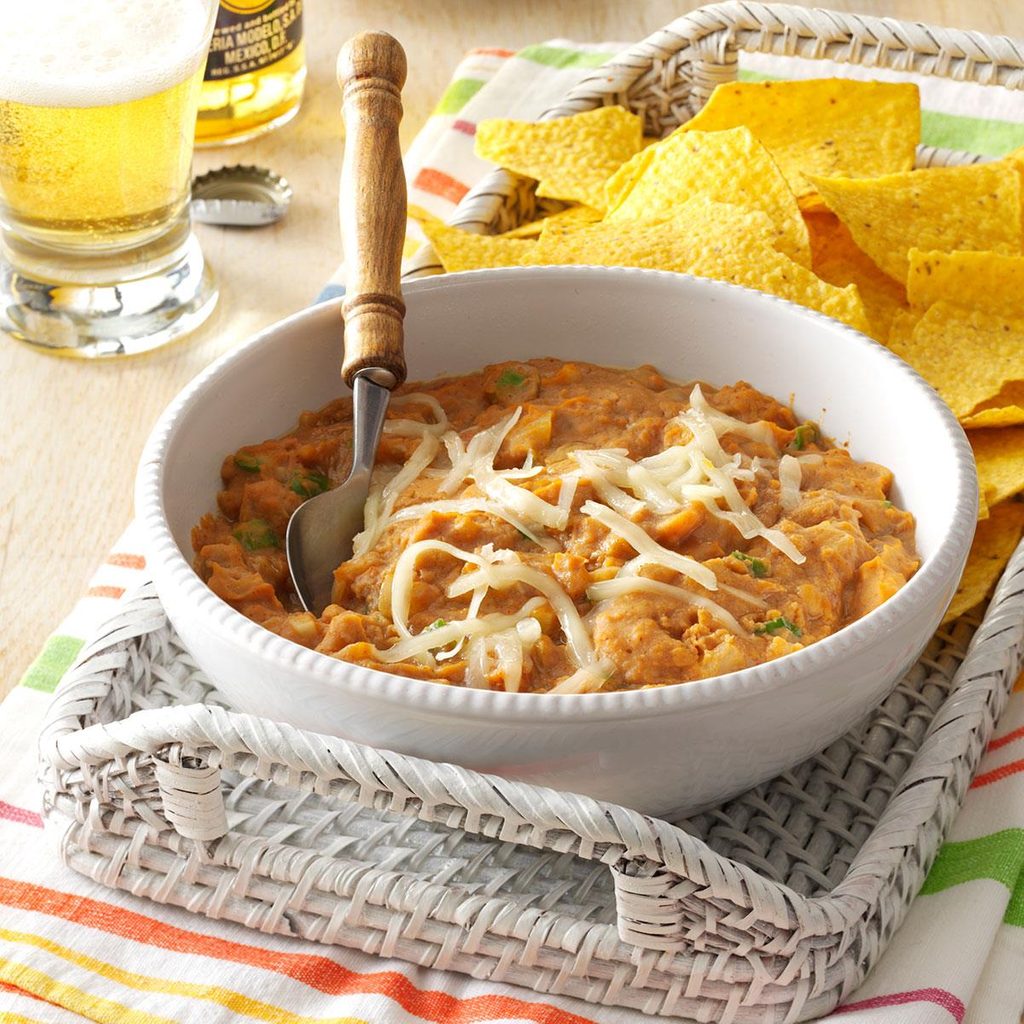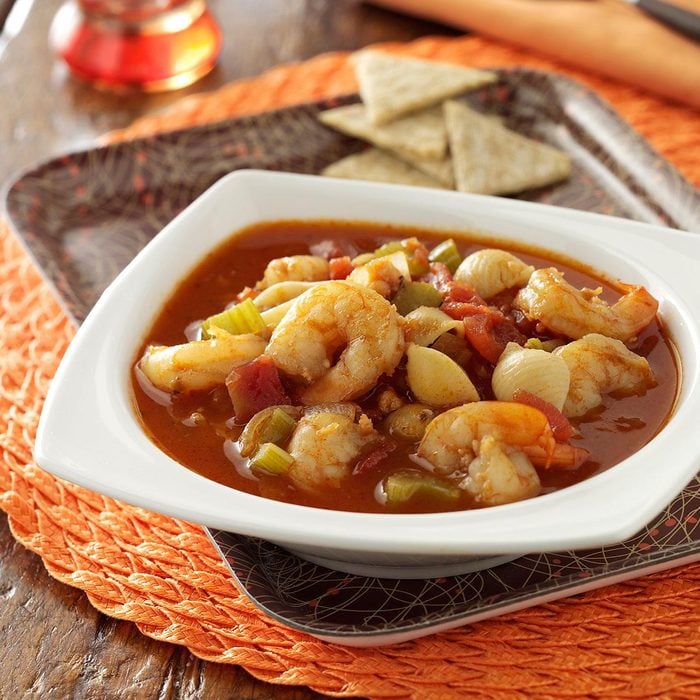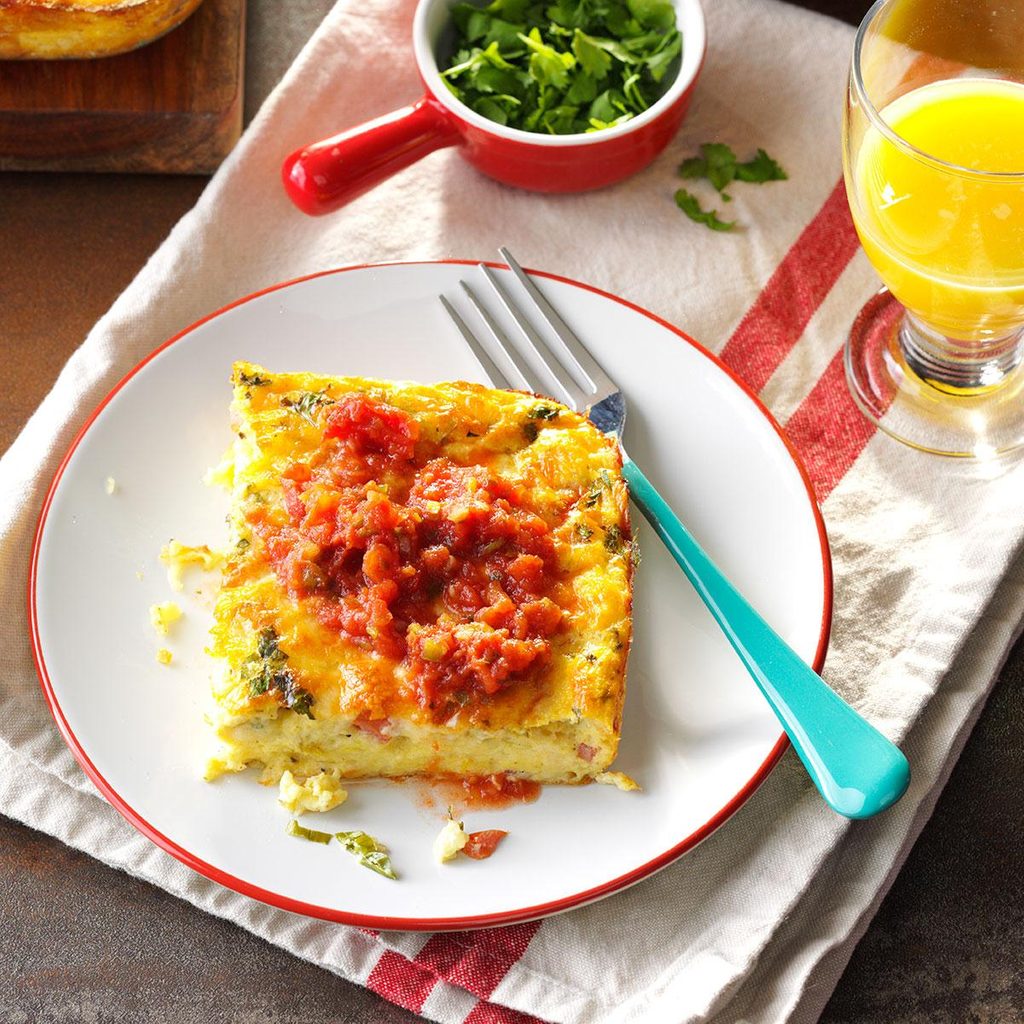Looking for a new way to heat things up in the kitchen? Get to know these popular types of hot sauces, and learn how to use them to spice up your cooking to a whole new level.
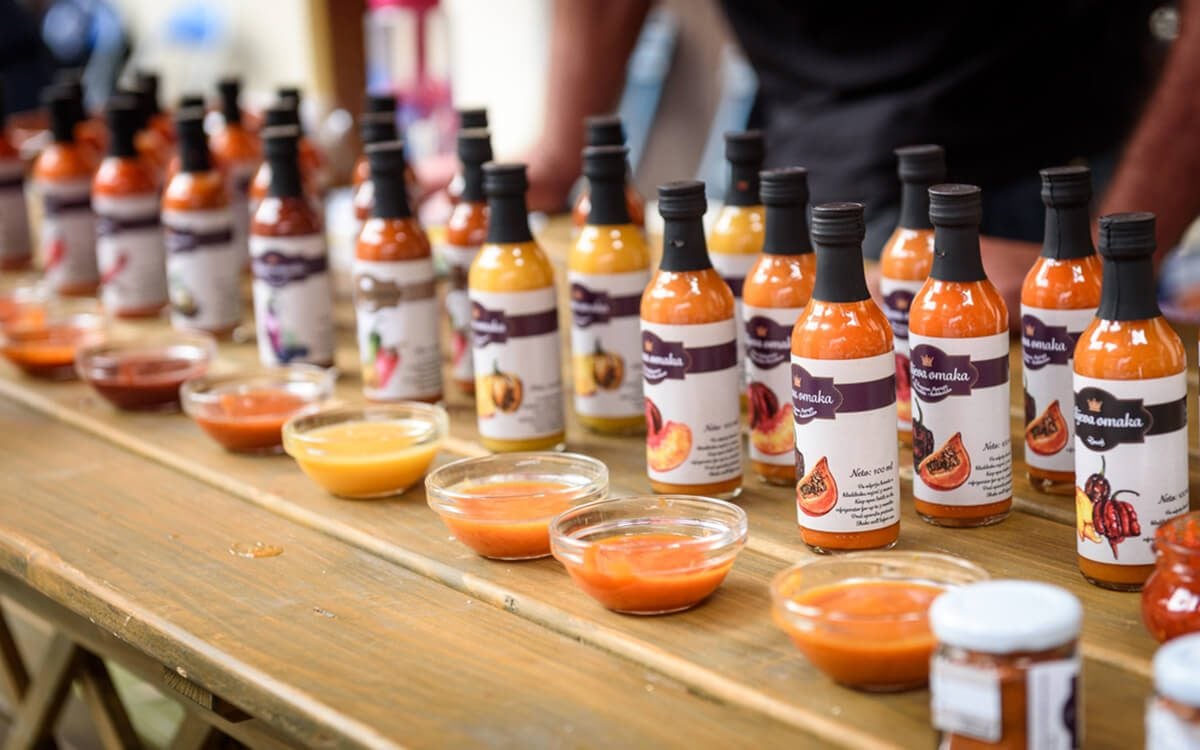
The Ultimate Guide to Hot Sauces (and How to Use Them)

Your lips start to tingle, your nose can’t quit sniffling, and there’s a bit of dew forming on your upper lip—these may not sound like ideal effects of digging into your favorite food, but to heat seekers out there, a dish is only as good as the spicy sauce that goes into it.
Hot sauces are used both in amping up a recipe during the cooking process, or as a condiment to top anything from scrambled eggs to stir-fry to fresh-baked bread to finish with a fiery kick. As global influences make their way into everyday American grocery stores, there’s a seemingly endless variety of sauces to choose from. Sweet-spicy blends are perfect for barbecue sauces, kicked-up pastes add depth to soups and stews, while vinegary styles lend a zip to pretty much everything. But as more and more people are beginning to warm up to hot sauce, how are you supposed to know which kind to use in your cooking?
First: Know Your Limits
It can be tempting to jump right in and douse your morning eggs with ghost pepper sauce, but before you kick things up, be realistic about how much heat you can handle. Certain sauces are incredibly potent, so even just a little can make your eyes water in an instant.
The best way to determine the spice level of a certain sauce is by identifying where it lands on the Scoville scale, which measures the heat of certain chili peppers or anything derived from chili peppers (like hot sauces). Peppers can range between 0-100 SHU for bell peppers all the way up to 3.18 million SHU for Pepper X (the world’s hottest pepper). Not every bottled sauce will indicate their Scoville rating, so if you’re concerned, look at the ingredients and take note of which types of peppers are used in the sauce. A quick online search should help you estimate whether you’re in mild or mouth-scorching territory. (Check out this handy guide for peppers from sweet to hot.)
Hot Sauce Styles—and How to Use Them
Once you’re confident in the amount of heat you can handle, all that’s left to do is explore and experiment! Here’s what you need to know about some of the globe’s most popular hot sauces, and the best ways to use them to make any dish pop.
Louisiana-Style
You’ll probably recognize a Louisiana-style hot sauce most commonly as Tabasco or Red Hot, a thin, slightly salty sauce that can be used either as a condiment or a cooking ingredient. It’s typically a simple combination of chili peppers, vinegar and salt, pureed, though some styles go one step further and ferment the pureed product. Tabasco’s versatility and relative mildness on the hot sauce scale make it a great entry-level sauce to try if you’re first tempting your heat-seeking taste buds.
Where to use it: In meat marinades (it really boosts the flavor of these pulled pork sandwiches), mixed into dips, as a sauce base for stir-frys, noodle bowls and dishes like this Creole Sausage Pasta, and sprinkled generously over eggs, pizza, tacos, burgers, and more. Or use it in any of these Buffalo-wing inspired recipes—Louisiana-style hot sauce is the base for this kicked-up chicken sauce.
Picante
Mexican-style hot sauces have a similar thin consistency to Louisiana-style, but use sparing amounts of vinegar (or none at all). They’re typically made from a combination of chipotle, habanero, jalepeno and pequin chilies. Cholula is the brand you’ll most often see at Mexican restaurants,
Where to use it: Give a little heat to soups and stews, add a splash to taco dip (or just plain tacos), stir into Spanish rice or drizzle over eggs, potatoes or roasted veggies.
Sriracha
Often referred to as “rooster sauce” in the U.S., this wildly popular red-orange hot sauce originated in the town of Si Racha (hence the name) in Thailand. Made from red chilies, sugar, salt, garlic and vinegar, the versatile sauce can be used on pretty much anything, whether Asian-inspired or not. (It’s even been used in ice cream!) Find more Asian sauces you should keep in your pantry.
Where to use it: Mixed into rice or noodle dishes like shrimp pad Thai, in sauces like the glaze on these Sweet Sriracha Wings, stirred into any soup, or drizzled over everything from mac and cheese to omelets. Mix a little with some mayo to make a delicious Sriracha mayo sauce that acts as a delicious spread on sandwiches or dip for French fries.
Chili Garlic
Somewhat of a cousin to Sriracha, chili garlic sauce uses many of the same ingredients, but is chunkier, slightly spicier and has a fresh punch of garlic. It typically contains hot red chili peppers, garlic, white vinegar and a bit of salt—but uses much less, if any, sugar, as opposed to Sriracha. Chili garlic sauce can certainly be used as a condiment, too, but it’s best used while cooking.
Where to use it: Mixed into dips (like the chili mayo for these sweet potato wedges), stirred into soups or stir-frys, or dolloped on top of rice or noodle bowls.
Harissa
Keep your eye out for more and more recipes containing harissa to start popping up everywhere—it’s an integral part of North African cooking, which is gaining massive popularity stateside. It’s a thick paste made from a combination of dried chiles like bird’s eye and serrano, oil, and herbs and spices like coriander, cumin, caraway and garlic. It comes either jarred or canned, and can be found in specialty food stores or the ethnic aisle at grocery stores.
Where to use it: In cooking or as a condiment (try stirring it into plain hummus for a unique kick!). It can be mixed with ketchup for a spicy way to dip your fries, or blend it into this Moroccan Vegetable Chicken Tagine, West African Chicken Stew or as a sauce for braised beef.
Green/Red Chile
If you sit down at any restaurant in New Mexico, chances are you’ll be asked to choose between “the red” or “the green.” What your server is referring to is traditional red or green chile sauce, which is smothered, drizzled, stuffed or stirred into almost any meal from breakfast to dinner. The sauces are made with either red or green New Mexico chile peppers (Hatch, Pueblo, or Rio Grande, typically), plus onion, garlic, cumin, chicken stock and sometimes a little flour for thickening. You’ll find it on everything from enchiladas, burritos, huevos rancheros, eggs, potatoes and tamales.
Where to use it: Bake it into these Chilies Rellenos, tuck into breakfast burritos, pour over enchiladas or top a New Mexican-inspired burger.
Chili Oil
Head to any Chinese restaurant, and you’re pretty much guaranteed to find this dark red, flecked oil on your table. It’s most commonly tied to spicy Sichuan cuisine, and has an incredible kick. It’s made of ground dried chilies, ground Sichuan peppercorns, and spices like garlic, star anise and paprika soaked in vegetable or sesame oil.
Where to use it: In cooking as a sauce in stir-frys, or as a condiment on a variety of dishes like scallion pancakes, dumplings and noodle dishes. Or just dunk these Chicken Potstickers in chili oil and thank me later.
Gochujang
A staple in Korean cooking, gochujang is a thick, sticky paste with a unique flavor that’s a blend of sweet, spicy and a little funky (in the best way). It gets its flavor from red chili powder, sticky rice, fermented soybean powder, malt barley powder and salt. Guchujang has a very concentrated flavor, so a little goes a long way—in fact, it’s often mixed with liquid to thin it out a bit.
Where to use it: As a meat marinade (especially in traditional Korean bibimbap), in sauces for noodle bowls or stirred into soups and stews. Try adding a dollop to the slow cooker when cooking up these Gingered Short Ribs with Green Rice or sub for the chili garlic sauce in this Stir-Fry Rice Bowl.
These are only a few of the many varieties of hot sauce on the market, but they’re a good starting point for any budding heat seekers who are looking to kick up their cooking with a delicious touch of spice. If you’re ready to heat things up, learn how to dry chili peppers to learn how to make hot sauce, or get cooking with any of these spicy Bang-Bang recipes.





















